The flexibility of spacesuit joints has long been a critical challenge in aerospace engineering. Unlike ordinary clothing, a spacesuit must maintain pressurization while allowing astronauts to move freely in the harsh environment of space. Early designs often sacrificed mobility for safety, resulting in stiff, cumbersome suits that made even simple tasks exhausting. Over the decades, advancements in materials science and mechanical engineering have transformed these rigid exoskeletons into more agile second skins, though the journey is far from over.
The constraints of pressurized suits cannot be overstated. In the vacuum of space, a spacesuit must maintain internal pressure equivalent to Earth's atmosphere to keep the astronaut alive. Traditional gas-pressurized suits inflate like balloons, resisting bending at the elbows, knees, and fingers. Every movement becomes a battle against the suit's own structure. This limitation became glaringly obvious during the Apollo missions, where astronauts struggled with basic activities like picking up moon rocks or adjusting equipment. The stiffness led to rapid fatigue, reducing operational efficiency during extravehicular activities (EVAs).
To address these challenges, engineers began experimenting with mechanical counterpressure systems. Instead of relying solely on gas pressure, these designs use tight-fitting materials that apply direct physical pressure to the skin. While promising in theory, early attempts faced issues with uneven compression and difficulty in donning the suit. Recent breakthroughs in elastic polymers and 3D-knitted fabrics have revived interest in this approach, offering the potential for suits that move almost as naturally as human skin.
Rotating bearings and convoluted joints represent another evolutionary step in spacesuit flexibility. The current generation of suits, like NASA's Extravehicular Mobility Unit (EMU), incorporates complex assemblies of bearings and bellows at key flexion points. These designs allow rotation while maintaining a sealed environment. However, they add significant weight and require meticulous maintenance. During spacewalks on the International Space Station, astronauts still report substantial effort required to work against the suit's resistance, particularly during precision tasks.
The emerging field of soft robotics may hold the key to next-generation spacesuit joints. Researchers are developing pneumatic actuators and shape-memory alloys that can provide both structural support and dynamic flexibility. These technologies mimic biological systems, potentially allowing joints to stiffen or relax on demand. Early prototypes demonstrate unprecedented range of motion, though questions remain about their durability in the space environment's extreme temperature fluctuations and radiation exposure.
Planetary exploration introduces additional complications for joint flexibility. While microgravity reduces some mobility challenges, surface operations on the Moon or Mars require suits that accommodate walking, kneeling, and climbing. Dust contamination presents another hurdle—abrasive lunar regolith can jam traditional joint mechanisms. New designs incorporate dust-resistant seals and self-cleaning materials, but perfecting these systems for multi-year missions remains an active area of development.
The human factor cannot be ignored in this technological equation. Anthropometric studies reveal that no two astronauts move exactly alike, yet current suits offer limited adjustability. Digital human modeling and 3D printing are enabling more personalized approaches, where joints can be tuned to individual biomechanics. This customization could dramatically reduce fatigue and injury risk during prolonged EVAs.
Looking ahead, the quest for perfect joint flexibility intersects with broader spacesuit innovations. Self-healing materials may one day repair minor punctures automatically, while integrated sensor networks could provide real-time feedback on joint performance. As commercial space stations and lunar bases transition from concept to reality, the demand for high-mobility suits will only intensify. The spacesuit of tomorrow may resemble today's designs as little as a modern racing bike resembles a penny-farthing—similar in purpose, but transformed by innovation.
Behind each incremental improvement in joint flexibility lies countless hours of testing, from underwater simulations to parabolic flights. Astronauts serving as test pilots provide crucial feedback, often identifying problems engineers hadn't anticipated. This iterative process between human and machine exemplifies the collaborative spirit of space exploration. While no current design achieves the ideal balance of safety, mobility, and durability, the trajectory of progress suggests future astronauts will move through space with unprecedented freedom.
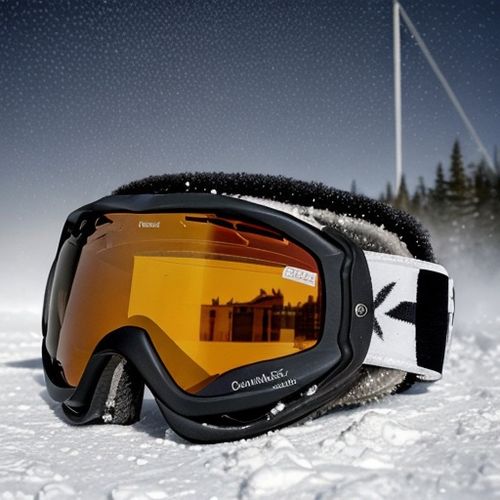
By Natalie Campbell/Apr 27, 2025

By Emma Thompson/Apr 27, 2025
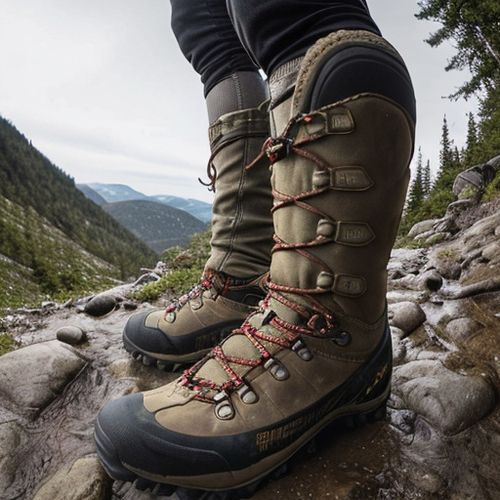
By George Bailey/Apr 27, 2025

By William Miller/Apr 27, 2025

By James Moore/Apr 27, 2025
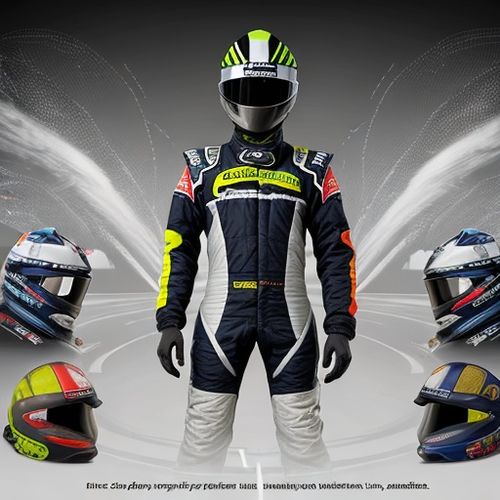
By Lily Simpson/Apr 27, 2025

By Elizabeth Taylor/Apr 27, 2025
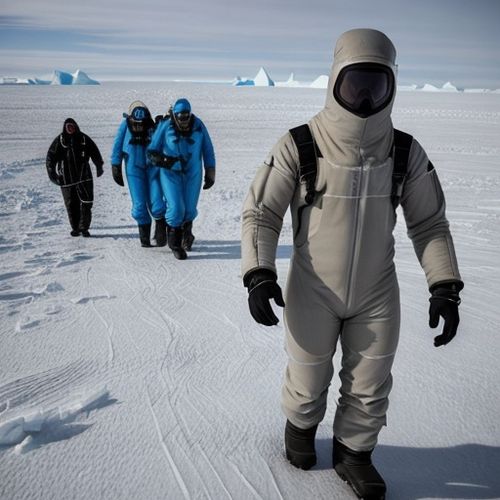
By Benjamin Evans/Apr 27, 2025
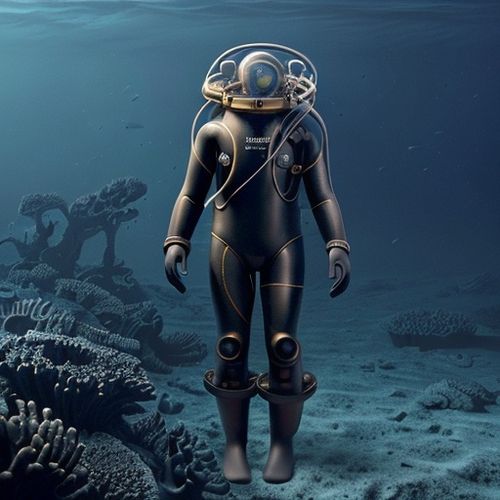
By Elizabeth Taylor/Apr 27, 2025
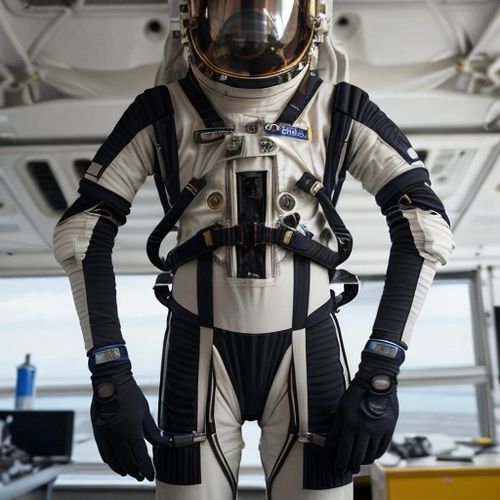
By Samuel Cooper/Apr 27, 2025

By John Smith/Apr 27, 2025

By Daniel Scott/Apr 27, 2025

By Amanda Phillips/Apr 27, 2025
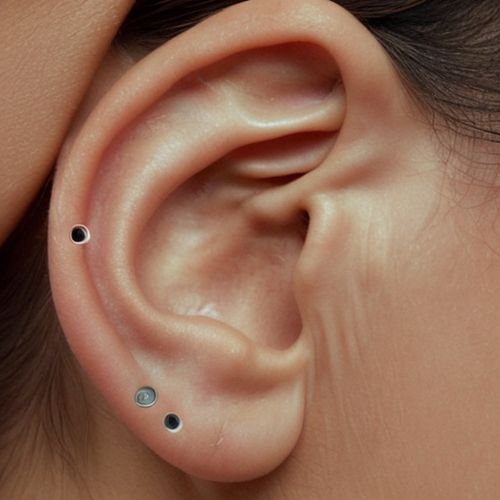
By Amanda Phillips/Apr 27, 2025
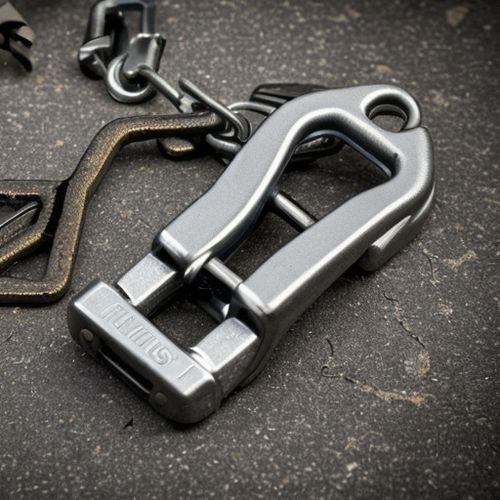
By Elizabeth Taylor/Apr 27, 2025

By Thomas Roberts/Apr 27, 2025

By Victoria Gonzalez/Apr 27, 2025

By David Anderson/Apr 27, 2025
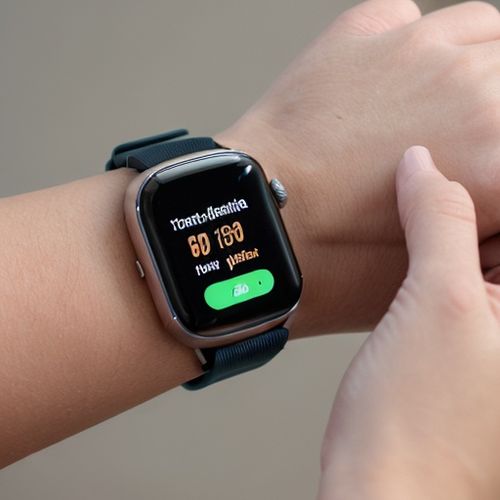
By Emma Thompson/Apr 27, 2025
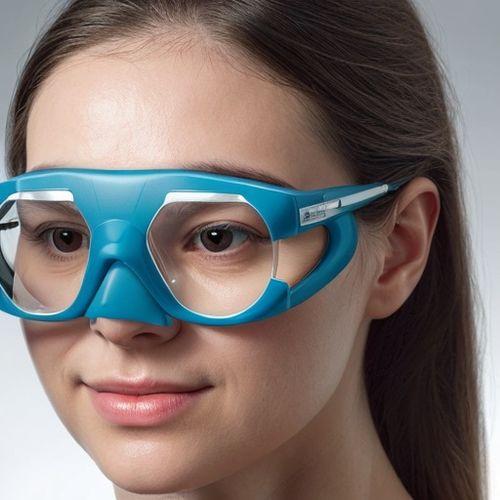
By Daniel Scott/Apr 27, 2025